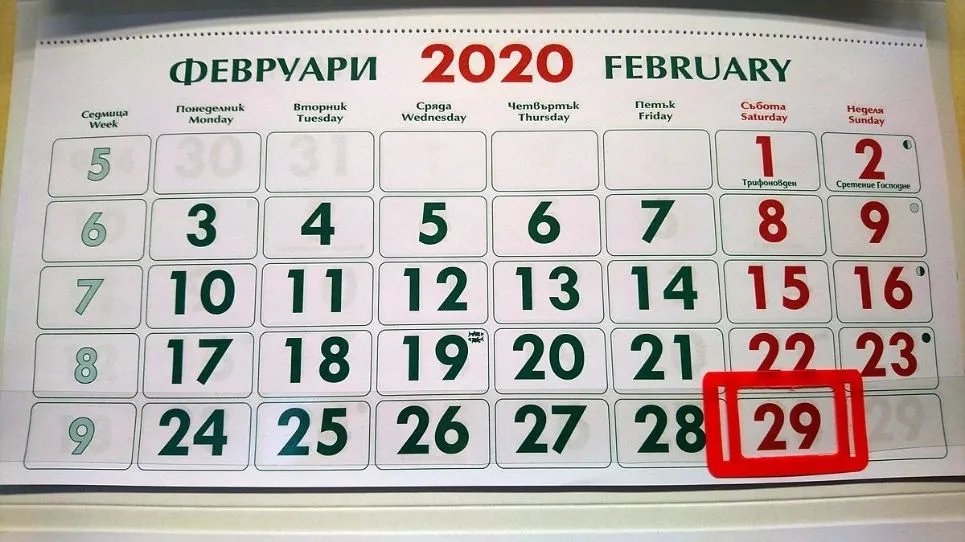Unraveling the mystery of the extra day in February

Have you ever wondered why February has 28 days in some years and 29 days in others? The answer lies in the concept of a leap year, which includes an additional day, known as leap day, to keep our calendars in sync with the Earth’s orbit around the Sun.
What is a leap day?
A leap day is an extra day added to the calendar in leap years, which occur every four years. This makes the year 366 days long, instead of the usual 365 days. The extra day is inserted into February, making it 29 days long instead of 28.
Why do we have leap days?
The Earth takes approximately 365.2422 days to orbit the Sun. However, our calendars are based on 365 days, which means that we lose about 0.2422 days each year. Over time, this would cause our seasons to drift out of sync with the calendar.
Leap days are added to the calendar to correct for this discrepancy and keep our seasons aligned with the months. By adding an extra day every four years, we are essentially adding up the 0.2422 days that we lose each year and adjusting our calendar accordingly.
When was the first leap day?
The first recorded use of leap days dates back to the ancient Roman calendar. In 46 BC, Julius Caesar introduced the Julian calendar, which included a leap day every four years. This calendar was used for over 1600 years before it was replaced by the Gregorian calendar in 1582.
The Gregorian calendar and leap days
The Gregorian calendar is the calendar that is used in most parts of the world today. It is a modification of the Julian calendar and was introduced by Pope Gregory XIII in 1582.
The Gregorian calendar has a slightly more complex system for determining leap years than the Julian calendar. Under the Gregorian calendar, a year is a leap year if it meets one of the following criteria:
- It is divisible by 400.
- It is divisible by 4 but not by 100.
This means that years like 1700, 1800, and 1900 are not leap years, even though they are divisible by 4. However, years like 2000 and 2400 are leap years because they are divisible by 400.
Why is February the month with the leap day?
The extra day in a leap year is added to February because it was the last month of the Roman calendar. When Julius Caesar introduced the Julian calendar, he decided to add the extra day to the end of the year.
In the Gregorian calendar, February was chosen as the month for the leap day because it is the shortest month and does not have any major holidays.
Conclusion
Leap days are an important part of our calendar system and help to keep our seasons aligned with the months. Although they may seem like a strange anomaly, they play a vital role in ensuring that our calendars remain accurate over time.
Recommendations
To learn more about leap days and the Gregorian calendar, you can consult the following resources:
Find this and many more knowledge guides on Monkicon